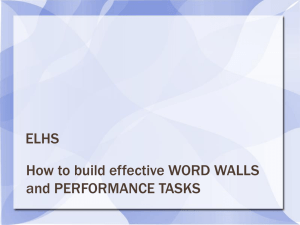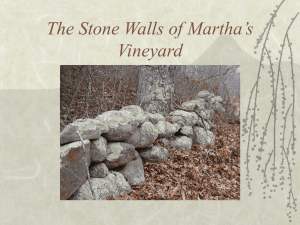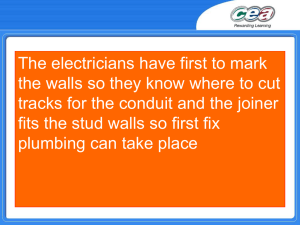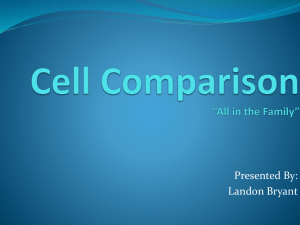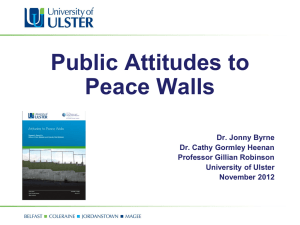1. ------IND- 2011 0674 A-- EN- ------ 20120113 --- --
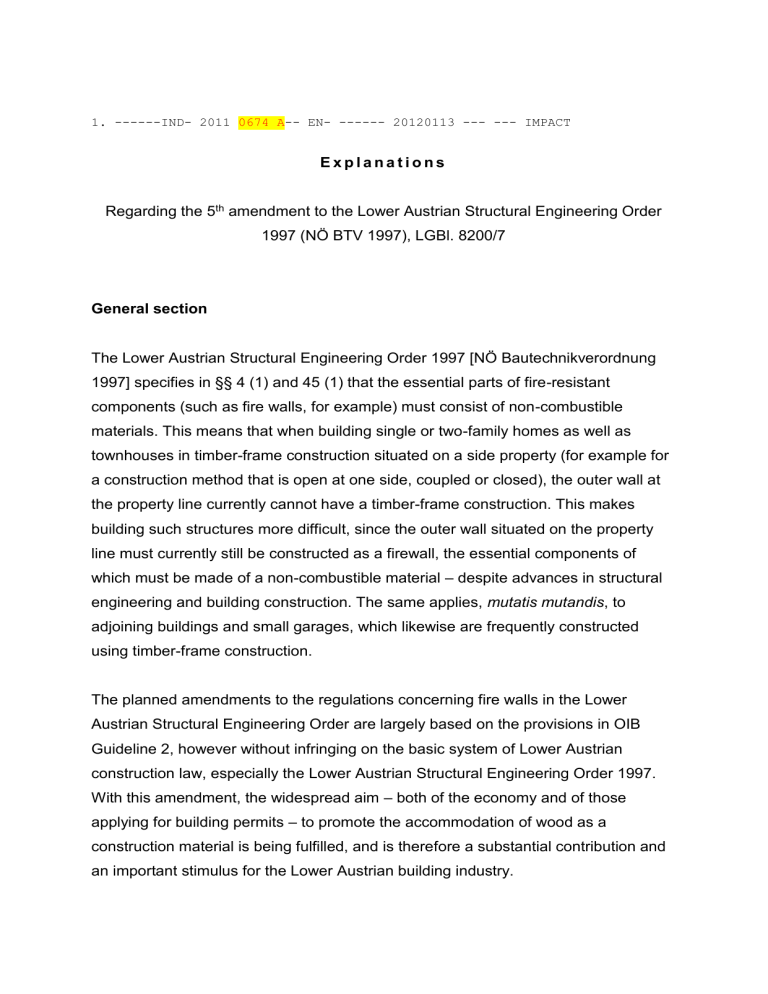
1. ------IND- 2011 0674 A -- EN- ------ 20120113 --- --- IMPACT
E x p l a n a t i o n s
Regarding the 5 th amendment to the Lower Austrian Structural Engineering Order
1997 (NÖ BTV 1997), LGBl. 8200/7
General section
The Lower Austrian Structural Engineering Order 1997 [NÖ Bautechnikverordnung
1997] specifies in §§ 4 (1) and 45 (1) that the essential parts of fire-resistant components (such as fire walls, for example) must consist of non-combustible materials. This means that when building single or two-family homes as well as townhouses in timber-frame construction situated on a side property (for example for a construction method that is open at one side, coupled or closed), the outer wall at the property line currently cannot have a timber-frame construction. This makes building such structures more difficult, since the outer wall situated on the property line must currently still be constructed as a firewall, the essential components of which must be made of a non-combustible material
– despite advances in structural engineering and building construction. The same applies, mutatis mutandis , to adjoining buildings and small garages, which likewise are frequently constructed using timber-frame construction.
The planned amendments to the regulations concerning fire walls in the Lower
Austrian Structural Engineering Order are largely based on the provisions in OIB
Guideline 2, however without infringing on the basic system of Lower Austrian construction law, especially the Lower Austrian Structural Engineering Order 1997.
With this amendment, the widespread aim – both of the economy and of those applying for building permits – to promote the accommodation of wood as a construction material is being fulfilled, and is therefore a substantial contribution and an important stimulus for the Lower Austrian building industry.
The amendment contains no additional duties for the local authorities and therefore has no financial implications for the federal government and municipalities.
The amendment is not expected to have any adverse effects on the objectives of the Climate Alliance .
Consultation mechanism :
Under Article 1 (2) and (4) item 1 of the agreement between the federal government, the federal states and the municipalities regarding a consultation mechanism and a future stability pact among the local authorities, LGBl. 0814, the draft amendment is simultaneously submitted to the representatives of the local authorities specified in this agreement with the initiation of the review process.
Notification procedure :
The changes also include technical provisions, which must be communicated to the
EU Commission via a notification procedure in the field of standards and technical regulations and regulations applicable to information society services under Article 8 of Directive 98/34/EG of the European Parliament and the Council. This notification is made simultaneously with the initiation of the review process.
Special section:
Regarding items 1, 2 and 3 (§ 10 (1) and (2)):
This new exception regulation describes the fire protection and structural requirements for building end barriers if they are not intended to be designed as fire walls and thereby regulates the conditions for their permissibility. Such walls must consist of fire-resistant components in terms of fire resistance and their surface must be made up of non-combustible materials. These properties must be demonstrated during the construction process by appropriate test certificates or certificates from authorized agencies. The requirements under § 9 (2) and (3) cannot be waived, however, even in connection with the now permitted easing of the regulations.
Regarding items 4 and 5 (§ 14 (1) and (2)):
Clarification also in terms of the valid provisions, whereby planning and the technical evaluation of these kinds of pouter wall components can be simplified.
Regarding item 6 (§ 51 (1)):
This supplement is required in connection with the new exemption clauses for adjoining buildings (§ 116 (2) new), townhouses (§ 125 (1) and (5) new) and garages with a maximum of 35 m 2 floor space (§ 158 (4)).
Regarding item 7 (§ 57 (4) and (5)):
Paragraph 4 represents an addition to the requirements for thermal insulating façade systems on exterior walls for structures with more than 3 main storeys in terms of preventing a cross-storey of fire in accordance with the provisions in OIB Guideline 2 or ÖNORM B 3806.
Paragraph 5 simply contains a clarification in terms of already applicable provisions and thereby simplifies planning and the technical evaluation of such exterior wall sections.
Regarding items 8 and 9 (§ 116 (1), (2) and (3)):
The new provision describes the fire protection and structural requirements for building end barriers for adjoining buildings with no fire hazard areas if they are not intended to be designed as fire walls, and thereby regulates the conditions for their permissibility. Such walls must consist of fire-resistant components in terms of fire resistance in that their surface must be made up of non-combustible materials. These properties must be demonstrated during the construction process by appropriate test certificates or certif icates from authorized agencies. The requirements under § 50 (2) and (3) cannot be waived, however, even in connection with the now permitted easing of the regulations.
Regarding item 10 (§ 125 (1)):
Correction to citation.
Regarding item 11 (§ 125 (1) item 2):
The new provision describes fire protection requirements for end walls as a separation between flats in townhouses as a supplement to the existing provisions in order to ease fire-protection regulations. These requirements are based on single and two-family homes; they have however been adjusted to the specific design of townhouses in terms of the fire-protection formulation.
Regarding item 12 (§ 125 (5)):
This provision describes the fire protection and structural requirements for building end barrier for townhouses in accordance with § 125 (1) if they are not intended to be designed as fire walls, and thereby regulates the conditions for their permissibility.
Such walls must consist of fire-resistant components in terms of fire resistance in that their surface must be made up of non-combustible materials. These properties must be demonstrated during the construction process by appropriate test certificates or certificates from authorized agencies. The requirements under § 50 (2) and (3) cannot be waived, however, even in connection with the now permitted easing of the regulations.
Regarding item 13 (§ 158 (4)):
This provision describes the fire protection and structural requirements for building end barrier for garages with no more than 35 m2 floor space if they are not intended to be designed as fire walls, and thereby regulates the conditions for their permissibility. Such walls must consist of fire-resistant components in terms of fire resistance in that their surface must be made up of non-combustible materials. These properties must be demonstrated during the construction process by appropriate test certificates or certificates from authorized agencies. The requirements under § 50 (2) and (3) cannot be waived, however, even in connection with the now permitted easing of the regulations.
Regarding item 14 (§ 210 (2) item 6):
Notifications according to the information directive must be indicated in the relevant legislation.



